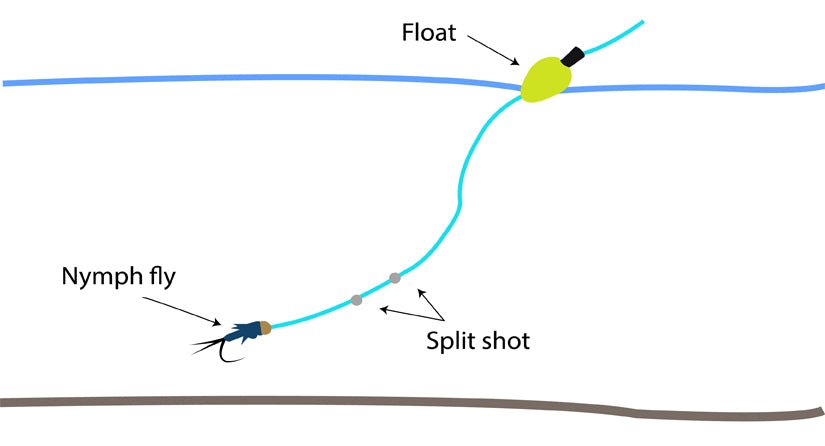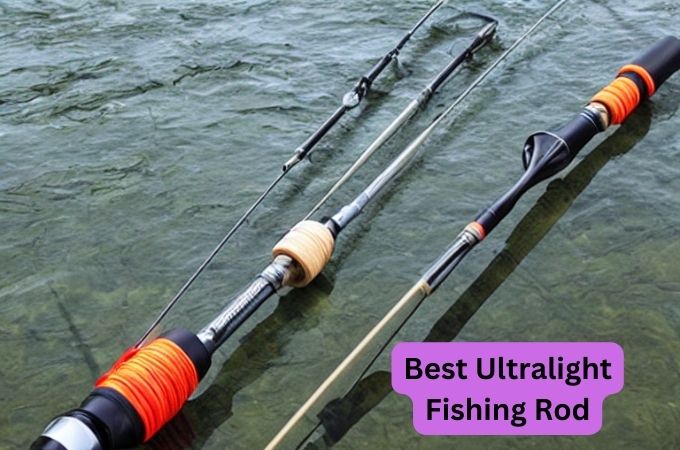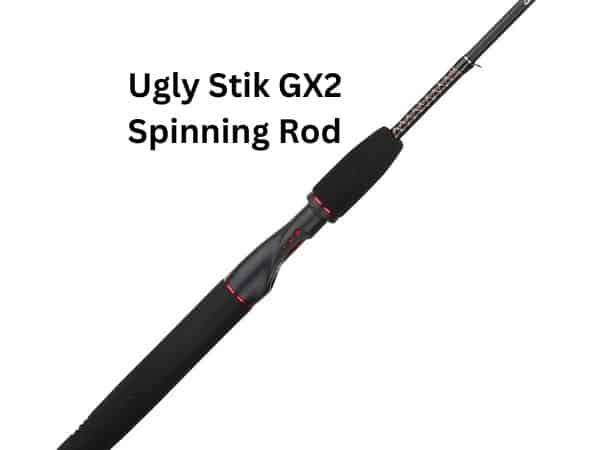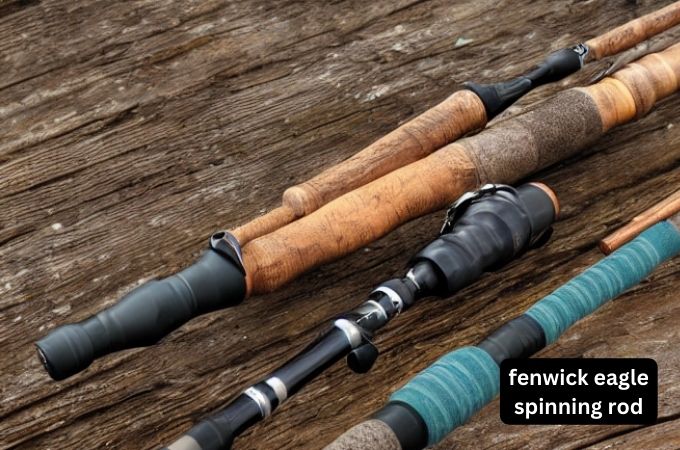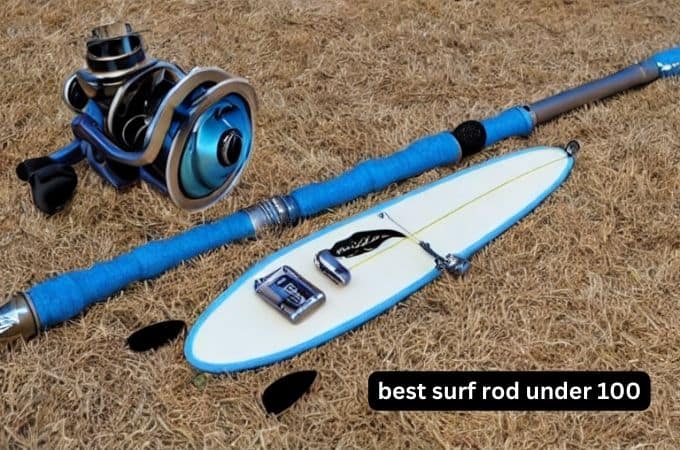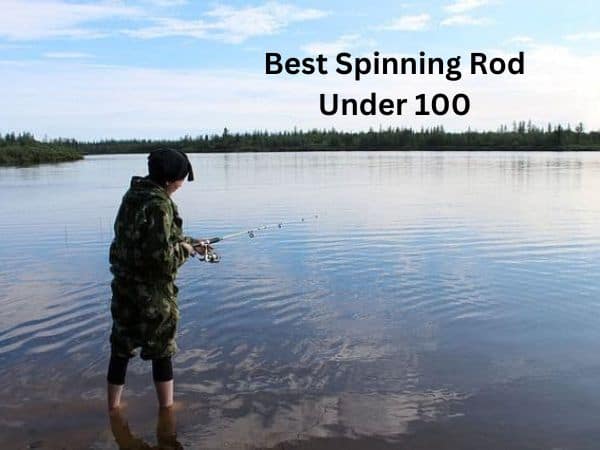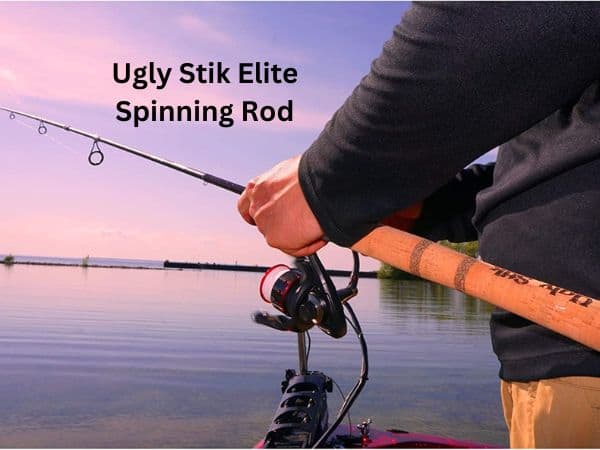Fly Fishing With A Spinning Rod: A Comprehensive Guide
Can you fly fish with a spinning rod? The answer is yes, and it might just open up a whole new world of possibilities for anglers. While fly fishing typically involves the use of a specialized fly rod and reel, some enthusiasts have successfully adapted the technique to work with a spinning rod. This unconventional approach allows you to combine the finesse and precision of fly fishing with the versatility and casting distance of a spinning rod. So, if you’re looking to experiment with different fishing techniques or simply want to challenge yourself, exploring the realm of fly fishing with a spinning rod could be a game-changer. Let’s dive into the details and explore this exciting endeavor further.
Can You Fly Fish with a Spinning Rod?
Fly fishing and spinning fishing are two popular angling techniques that have their own unique characteristics. Fly fishing is known for its delicate presentation and precise casting, while spinning fishing utilizes a spinning rod and reel to cast and retrieve lures or bait. While these two methods may seem distinct, there is some debate among anglers about whether fly fishing techniques can be applied with a spinning rod. In this article, we will explore the possibilities of using a spinning rod for fly fishing and discuss the advantages and disadvantages of this approach.
The Basics of Fly Fishing
Fly fishing is a technique that relies on casting a lightweight fly or imitation insect onto the water’s surface to attract fish. The fly is typically made of feathers, fur, or synthetic material and is designed to resemble the natural food sources of fish. In traditional fly fishing, a long, flexible fly rod is used to cast the fly. The angler uses the weight of the fly line to carry the lightweight fly to the desired location.
How Does Spinning Fishing Differ?
Spinning fishing, on the other hand, involves casting a lure or bait using a spinning rod and reel. The spinning rod is usually shorter and stiffer than a fly rod and is designed to cast heavier lures or bait. The weight of the lure or bait, rather than the weight of the line, is used to propel the cast.
Can You Adapt Fly Fishing Techniques to a Spinning Rod?
While fly fishing and spinning fishing differ in their casting techniques, it is possible to adapt some fly fishing techniques to the use of a spinning rod. Here are a few ways you can incorporate fly fishing techniques when using a spinning rod:
1. Using Lightweight Lures or Flies
One way to achieve a fly fishing-like experience with a spinning rod is to use lightweight lures or flies. By selecting small and lightweight lures or flies, you can mimic the delicate presentation of a fly rod. These lures or flies will imitate natural food sources and entice fish to bite.
2. Employing the “Roll Cast” Technique
The roll cast is a popular fly fishing technique that can be adapted to spinning fishing. Instead of using the traditional overhead cast, the roll cast relies on water tension to load the rod and propel the line forward. By mastering the roll cast, you can achieve accurate casts with a spinning rod, especially in areas with limited casting space.
3. Practicing Line Control
Line control is crucial in fly fishing, and it can also be beneficial when using a spinning rod. By managing the slack and tension in the line, you can manipulate the movement of the lure or fly, creating a more realistic presentation. This level of control can increase your chances of enticing fish to strike.
The Advantages of Fly Fishing with a Spinning Rod
While purists may argue that fly fishing should be done exclusively with a fly rod, there are some advantages to fly fishing with a spinning rod. Here are a few benefits:
1. Versatility
One of the main advantages of using a spinning rod for fly fishing is its versatility. Spinning rods can handle a wide range of fishing situations and techniques, including fishing in different water depths, targeting various fish species, and using different types of lures or flies. This versatility makes spinning rods an excellent choice for anglers who enjoy experimenting with different approaches.
2. Easier Learning Curve
Fly fishing can be challenging to master, requiring precise casting techniques and delicate presentations. In contrast, spinning fishing techniques are generally easier to learn, making it more accessible to beginners. By using a spinning rod, newcomers to fly fishing can experience the thrill of casting and retrieving flies without the initial frustration of learning the nuances of a fly rod.
3. Handling Windy Conditions
Fly fishing in windy conditions can be frustrating due to the lightweight nature of fly lines. However, a spinning rod with its weightier lures or flies can cut through the wind more effectively, allowing for better control and casting distance. This advantage makes fly fishing with a spinning rod a viable option when faced with challenging weather conditions.
The Disadvantages of Fly Fishing with a Spinning Rod
While using a spinning rod for fly fishing has its advantages, there are also some drawbacks to consider. Here are a few disadvantages:
1. Limited Fly Presentation
Despite the adaptability of spinning rods, it is important to note that they are not designed specifically for fly fishing. As a result, achieving the same level of finesse and delicate fly presentation as with a fly rod may be challenging. The heavy weight of spinning rods and the mechanics of their casting techniques can limit the subtlety and precision required for certain fly fishing scenarios.
2. Reduced Challenge and Skill Development
Fly fishing is often seen as a more challenging and skill-intensive form of angling. By using a spinning rod for fly fishing, you may miss out on the opportunity to develop the specialized skills and techniques associated with fly casting and presentation. If you are looking for a new challenge or wish to master the art of fly fishing, it is recommended to invest in a dedicated fly rod.
3. Limited Distance and Accuracy
Due to the fundamental differences in casting techniques between fly rods and spinning rods, the distance and accuracy achievable with a spinning rod may be limited compared to a fly rod. Fly rods are designed to cast long distances with precision, while spinning rods prioritize power and versatility. If targeting fish in distant or precise locations is important to you, a fly rod might be the more suitable option.
In summary, while it is possible to incorporate some fly fishing techniques with a spinning rod, the experience may not fully replicate the finesse and precision of traditional fly fishing. However, utilizing a spinning rod for fly fishing can offer versatility, an easier learning curve, and the ability to handle challenging conditions. Ultimately, the decision to fly fish with a spinning rod depends on personal preference, fishing goals, and the specific angling scenario. Whether you choose to embrace the traditional fly rod or experiment with a spinning rod, the joy of fishing lies in the pursuit of your passion and the enjoyment of time spent on the water.
How to Use Flies with a Spinning Rod – 2 Easy Methods (Bubble and Fly + Dropshot Rig)
Frequently Asked Questions
Can you fly fish with a spinning rod?
Fly fishing is traditionally done with a fly rod, but it is possible to use a spinning rod for fly fishing in certain situations. While it may not be ideal, using a spinning rod can still allow you to cast flies and catch fish. However, there are a few limitations and considerations to keep in mind.
What are the limitations of using a spinning rod for fly fishing?
Using a spinning rod for fly fishing comes with a few limitations. Spinning rods are generally heavier and less flexible than fly rods, which can affect casting accuracy and distance. Additionally, spinning rods lack the specialized guides and reel seats required for fly fishing, which may result in line tangles and other complications.
What types of flies can be used with a spinning rod?
With a spinning rod, you can use flies such as streamers, wooly buggers, nymphs, and other weighted flies that can be cast with a spinning setup. However, using delicate dry flies or tiny nymphs may be challenging due to the heavier weight and less precise casting capabilities of a spinning rod.
Do I need any modifications to use a spinning rod for fly fishing?
To use a spinning rod for fly fishing, you will need to attach a spinning reel to the rod and use a leader or tippet appropriate for fly fishing. It is also recommended to use a longer rod with a moderate to slow action for better control and casting performance.
Can I achieve accurate and delicate presentations with a spinning rod?
While it may be more challenging, it is still possible to achieve accurate and delicate presentations with a spinning rod. By practicing proper casting techniques and using lighter leaders and tippets, you can improve your ability to present flies with finesse. However, keep in mind that the casting precision of a spinning rod may not match that of a dedicated fly rod.
Is it recommended for beginners to use a spinning rod for fly fishing?
For beginners, it is generally recommended to start with a dedicated fly rod and reel setup to learn the fundamentals of fly fishing. This allows for a smoother learning curve and better understanding of the techniques and equipment involved. However, if a spinning rod is your only option, it is still possible to gain experience and enjoy fly fishing to some extent.
What are the advantages of using a dedicated fly rod for fly fishing?
Using a dedicated fly rod for fly fishing offers several advantages. Fly rods are designed specifically for fly casting and allow for more precise and delicate presentations. They also provide better control and accuracy when fighting and landing fish. Additionally, fly rods are often lighter and more flexible, resulting in a smoother and more enjoyable fishing experience.
Final Thoughts
Fly fishing with a spinning rod can be a viable option for anglers seeking a versatile and accessible approach to the sport. While traditional fly fishing rods are specifically designed for casting flies, the spinning rod provides an alternative for those who may already own one or prefer its ease of use. By utilizing appropriate gear and techniques, anglers can effectively present flies to fish, albeit with some limitations compared to a dedicated fly rod. So, yes, you can fly fish with a spinning rod, making it a valuable tool for anglers looking to explore the world of fly fishing without investing in specialized equipment.
